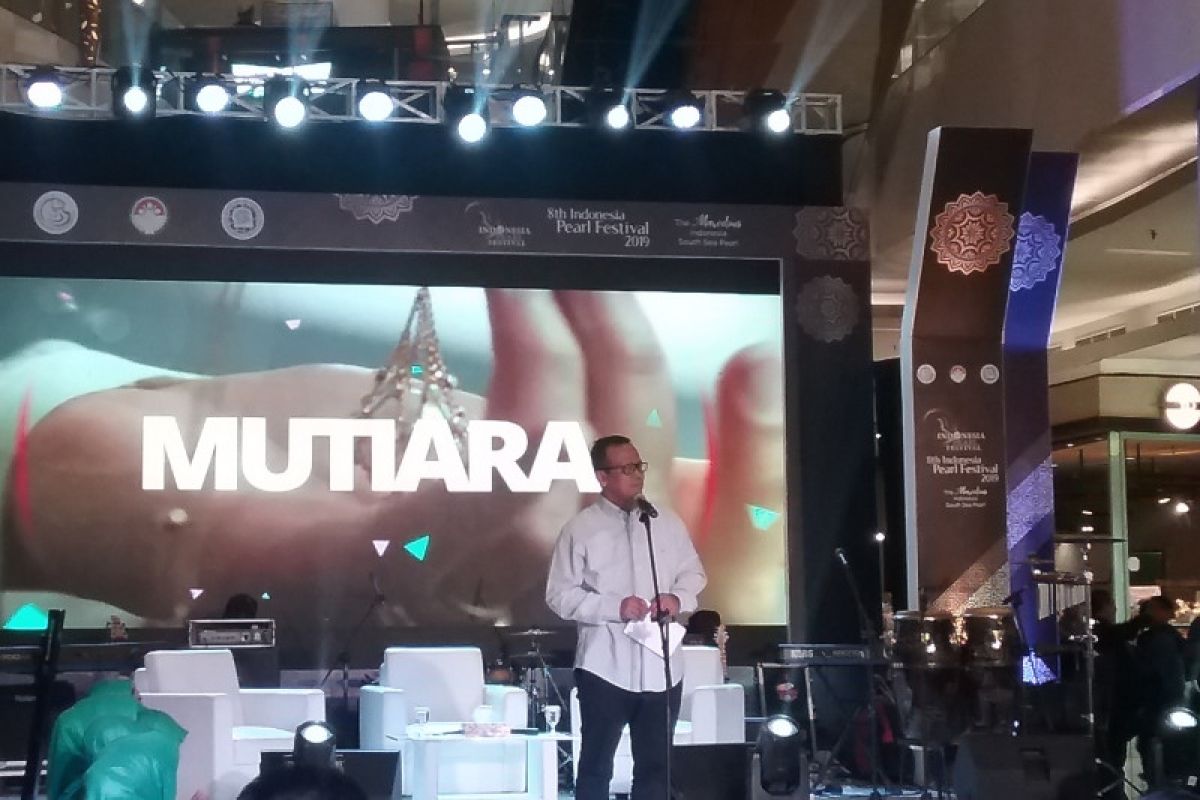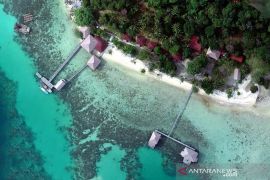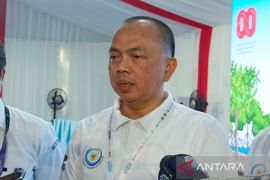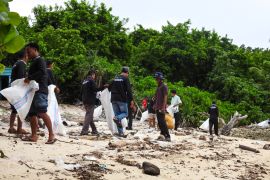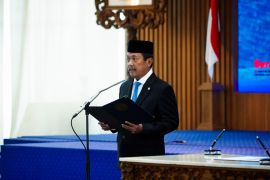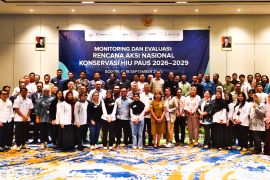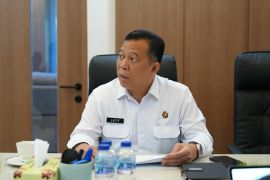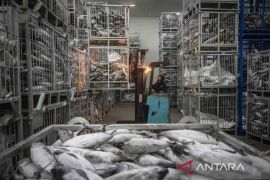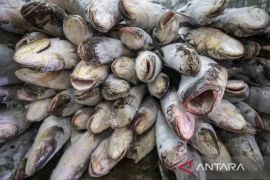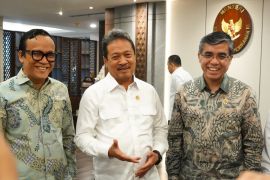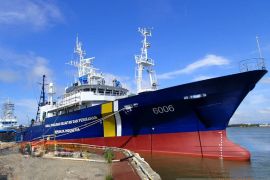Such a statement does hold water since pearls are incredibly unique gemstones sourced from the sea and have bedecked queens and nobles in European nations since centuries.
Indonesia had also once been at the forefront for pearl cultivation in the world.
Marine Affairs and Fisheries Minister Edhy Prabowo remarked that pearls are one of the marine resources that generate foreign exchange and have been known to various parts of the world and been a prima donna trade commodity since primeval times.
However, at this time, such glory began to dwindle, as the exports of Indonesian pearls currently only ranks fifth worldwide.
The Central Statistics Agency (BPS) recorded that the value of Indonesian pearl exports had reached US$42.27 million in 2018, with the main export destinations being Hong Kong, Australia, Japan, and China.
However, on the basis of the value of the world pearl trade, Indonesia stood only fifth in the world, after Hong Kong, Japan, French Polynesia/Tahiti, and China.
To this end, Minister Edhy is optimistic of the exports of Indonesian pearl being facilitated to boost the country’s foreign exchange and revive the glory of pearl cultivation.
A rise in the number of pearl exports is also expected to help the country address the trade balance deficit.
Efforts made to showcase pearls as the country’s potential marine commodities are the Indonesian Pearl Festival (IPF) held at Lippo Mall Kemang, Jakarta, on November 21-December 4, 2019.
The event, featuring an exhibition of pearls, talk show, fashion and jewelry show, clean sea campaign, as well as music performance, is conducted to optimize development of the marine and fisheries sector of the archipelago.
Chairman of the Indonesian Pearl Cultivation Association (Asbumi), Anthony Tanios, remarked that the festival aimed to promote and introduce Indonesian pearls to the public.
IPF 2019 is presenting 32 outlets comprising 21 outlets for aquaculture and jewelry businesses, one outlet of North Sulawesi Province, three sponsorship outlets, and three supporting outlets. The festival is expected to attract retailers and pearl lovers coming from home and abroad.
Furthermore, Tanios believes that the festival aimed at building the brand of "Indonesian South Sea Pearl" through promotional and marketing facilities.
Business-to-business and business-to-customer strategy will be applied to expand the business network and marketing of such brand.
Through the festival, the government and the association are expected to obtain feedback from the public on trends the consumers prefer and seek the direction of development of Indonesian pearl farming in future.
Pearls are one of the leading commodities from the marine and fisheries sector, with high economic value and prospects for business development in future, Secretary General at the Marine Affairs and Fisheries Ministry Nilanto Perbowo stated.
Perbowo remarked that the global pearl market is currently dominated by four types of pearls: the south sea pearl, akoya pearl (black pearl), black pearl, and freshwater pearl. However, among those four varieties, south sea pearls are superior.
South sea pearls have the largest size in comparison with other types of pearls that measure between nine and 17 millimeters. It has a silver or golden color that is immensely popular in foreign markets. The nacre surface emits tones of blue, silver, and red on exposure to light.
Endowed with such characteristics, it comes as no surprise that south sea pearls are traded at a higher price of around US$16-18 per gram.
"One strand necklace can even be worth US$3,000-6,000 dollars," Perbowo revealed.
The ministry has encouraged the breeding centers of pearl oysters in various sites in the country to produce more superior seeds to thwart the reduction in the availability of mother pearl oysters found in nature.
Currently, Indonesia has several pearl development centers in West Sumatra, Lampung, Bali, West Nusa Tenggara, East Nusa Tenggara, North Sulawesi, Southeast Sulawesi, Central Sulawesi, Gorontalo, Maluku, North Maluku, and West Papua.
"In future, there should be no hatchery for pearl oysters that depends on meeting needs from Mother Nature but must be obtained from the center of the mother of the violence," the ministry’s Director General of Aquaculture Cultivation Slamet Soebjakto stated.
Soebjakto believes this is important as part of the efforts to curtail the exploitation of pearl oyster brooders that have, so far, been dependent on catches in the wild and have an impact on the decline in the stock of pearl oyster broodstock at various locations.
In a bid to strengthen the sustainability of mother pearl oysters, a network of breeding centers has been set up, such as in Karangasem, Bali; Lombok; and Gondol, Bali.
The biggest producer
According to the Pearls Oyster Information Bulletin (2011), the world south sea pearl production reaches 11-12 tons. Indonesia is the largest producer, contributing some 50 percent, or some five to six tons, followed by Australia and the Philippines.
In the meantime, according to 2019 International Trade Center data, Indonesian pearl exports in 2018 ranked fifth, with a value of US$47.26 million.
Hong Kong stood first, with an export value of US$483.29 million, followed by Japan (US$315.28 million), French Polynesia (US$112.87 million), and China (US$56.29 million).
Minister Prabowo believes that pearl production in Indonesia can exceed that produced in China, particularly in terms of the large potential of pearl cultivation found in the archipelago.
"It is not impossible that with serious efforts from the government, pearl cultivation will be increasingly elevated, and we can overtake China," Prabowo stated.
Related news: Indonesia needs to globally promote its pearl industry
Related news: Export value of Indonesian pearls exceeds US$29 million
Translator: M. Razi Rahman/Yashinta Difa P
Editor: Rahmad Nasution
Copyright © ANTARA 2019
